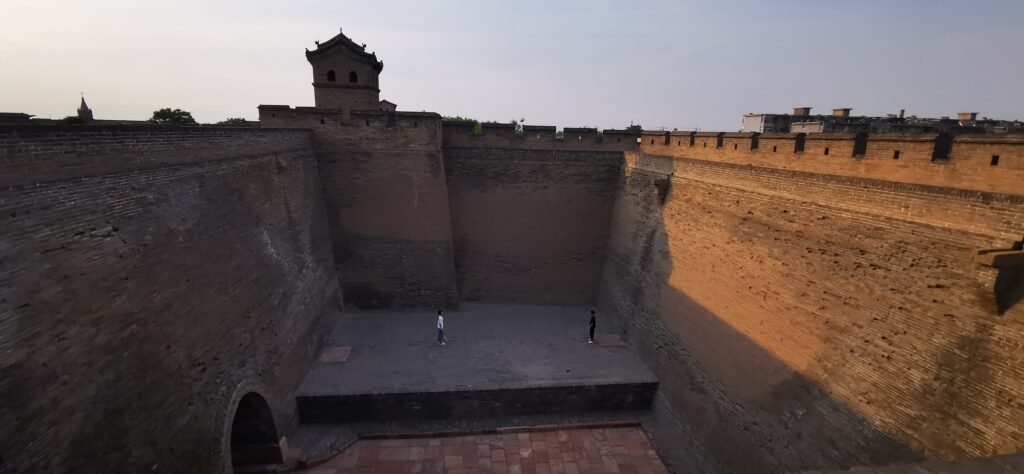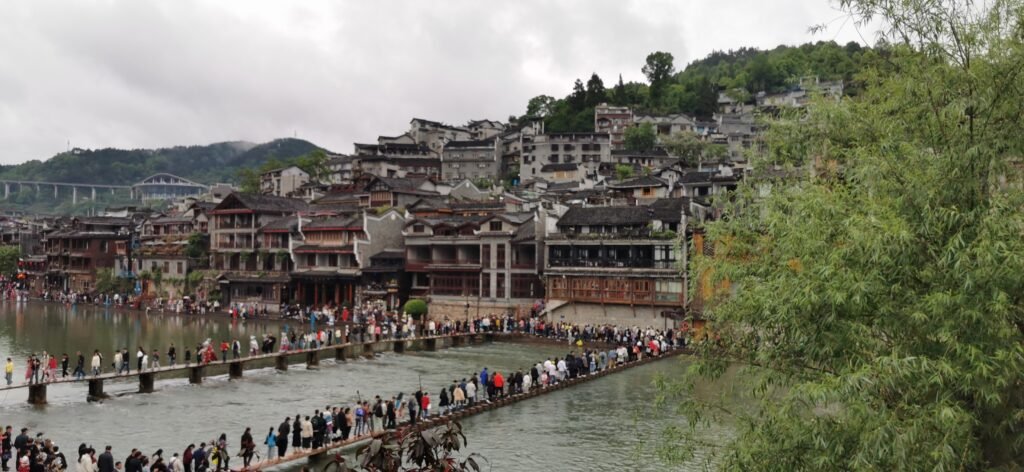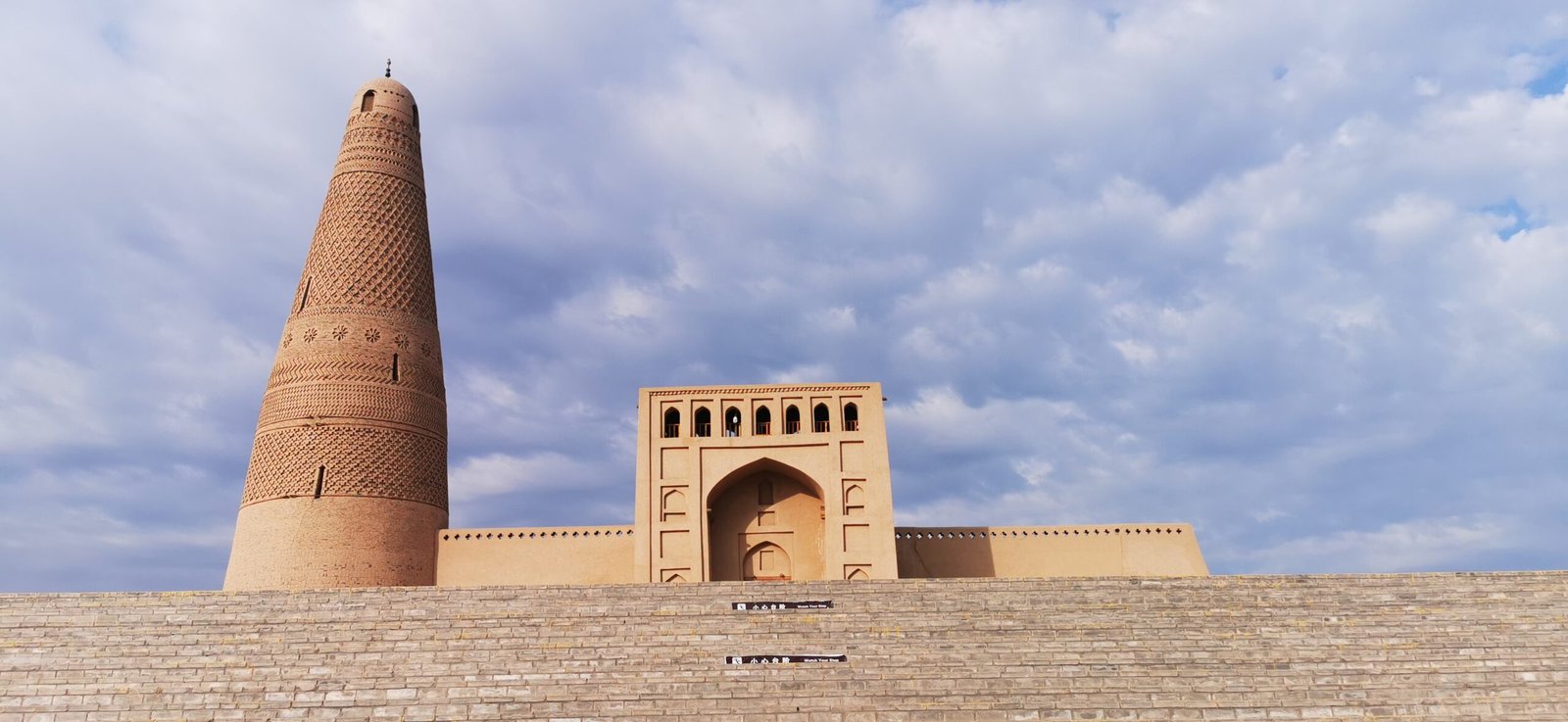Chinese ancient towns are living museums that carry the soul of traditional China. With their cobbled alleys, wooden houses, stone bridges, and riverside streets, these towns reflect the life and culture of bygone dynasties. Whether you’re fascinated by the intricate details of Chinese traditional houses, captivated by the layout of a Chinese old city, or seeking an immersive historical journey, exploring a Chinese ancient town is a rewarding experience.
This guide will show you how to make the most of your visit to a Chinese ancient town, what to look out for, and how it ties into broader aspects of Chinese traditional architecture and urban culture.
Understanding the Charm of Chinese Ancient Towns
Chinese ancient towns, known as “Guzhen” (古镇), are typically settlements that developed during imperial times and have preserved their architectural and cultural identity. They were often built along rivers, roads, or trade routes, functioning as key junctions for commerce, administration, and defense.
Many towns retain the structure of a Chinese traditional city, including a well-defined street grid, central market, ancestral halls, temples, and protective walls or gates. What distinguishes each town is the regional character reflected in its buildings, materials, and local customs.
Why Visit a Chinese Old City Today?
Unlike modern cities, Chinese old cities offer a slower rhythm and allow you to connect with history through touch and sight. From the detailed wood carvings of door lintels to the quiet courtyards of ancient residences, every element narrates a story. Some towns are well-preserved and listed as UNESCO World Heritage sites, while others are lesser-known but just as authentic.
Top Features to Explore in a Chinese Ancient Town
1. Traditional Street Layout and City Planning
The layout of most ancient towns follows traditional Chinese city planning principles, emphasizing harmony with nature and social hierarchy. Key features include:
- Main street axis: Often aligned north-south with gates at either end.
- Courtyard houses aligned in neat rows.
- Market squares at the intersection of major streets.
- Waterways acting as lifelines for trade and transport.
For example, towns like Tongli and Wuzhen in Jiangsu province integrate canals into their street networks, embodying the water-town culture of southern China.
2. Chinese Traditional Houses
One of the highlights of visiting a Chinese ancient town is entering a well-preserved traditional Chinese house. These homes reflect regional diversity and are built using age-old construction techniques like mortise and tenon joints and post and lintel structures.
- In southern China, homes often feature white-washed walls and black-tiled roofs, with intricately carved wooden screens and covered walkways.
- In northern towns, such as Pingyao, you will find courtyard compounds (siheyuan) with heavy brick walls, reflecting the harsher climate and emphasis on privacy.

These houses are often arranged around a central courtyard, and many have been converted into museums, guesthouses, or tea houses where you can experience traditional hospitality.
3. Local Temples and Ancestral Halls
Religious and ancestral structures are central to any Chinese old city. Temples dedicated to local deities, Confucius, or Buddhist figures are found near town centers, while ancestral halls showcase clan culture and family pride.
The architecture of these halls often includes Wu Dian roofs or Ying Shan roofs, indicating their rank and function within the urban hierarchy.
4. Stone Bridges and Waterways
In water towns, stone-arched bridges are more than scenic elements. Each bridge has a name, often poetic, and many have legends associated with them. Walking across these bridges offers a sense of connection to the local rhythm of life and landscape.
5. Folk Culture and Handicrafts
Ancient towns are also hubs of intangible heritage. You’ll find:
- Traditional opera stages.
- Local crafts like lantern-making, woodblock printing, or embroidery.
- Tea houses with storytelling sessions or regional performances.
These cultural experiences complement the architectural beauty and add depth to your exploration.
Tips for Exploring a Ancient Chinese Town
Choose the Right Time
Try to visit on weekdays or in off-peak seasons to avoid tourist crowds. Early morning or dusk are the best times to experience the authentic atmosphere when locals are active and the streets are quiet.
Wear Comfortable Shoes
Many streets are paved with stone slabs and can be slippery or uneven. A good pair of walking shoes is essential.
Respect Local Life
While many towns are open to tourists, they are still home to local communities. Be mindful when taking photos or entering residential areas.
Recommended Ancient Towns to Explore
Here are some notable ancient towns across China:
- Pingyao Ancient City (Shanxi): A UNESCO site that showcases Ming and Qing urban planning with intact city walls and residential compounds.
- Lijiang Old Town (Yunnan): Famous for its Naxi ethnic culture, stone-paved alleys, and water channels.
- Wuzhen (Zhejiang): A picturesque water town with wooden houses and canal-lined streets.
- Fenghuang (Hunan): Nestled by a river and surrounded by mountains, featuring stilted wooden houses and Miao minority heritage.

Each town tells a different chapter of China’s historical and architectural story.
Connecting Ancient Towns with Chinese Architecture
Exploring ancient towns provides a deeper understanding of Chinese traditional architecture and its core principles. Whether it’s the wooden beam structures, the symmetrical layout, or the symbolic motifs, these towns are perfect case studies of how architecture adapts to regional needs and cultural values.
Explore Chinese Ancient Towns
Visiting a Chinese ancient town is like stepping into a living scroll of history. Beyond their nostalgic beauty, these towns offer a lens into the structure of a Chinese old city, the elegance of traditional Chinese houses, and the richness of local culture. With the right approach and a curious mind, every corner reveals a new facet of China’s architectural and cultural heritage.

